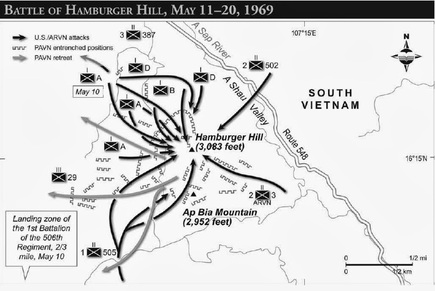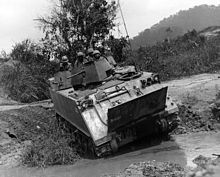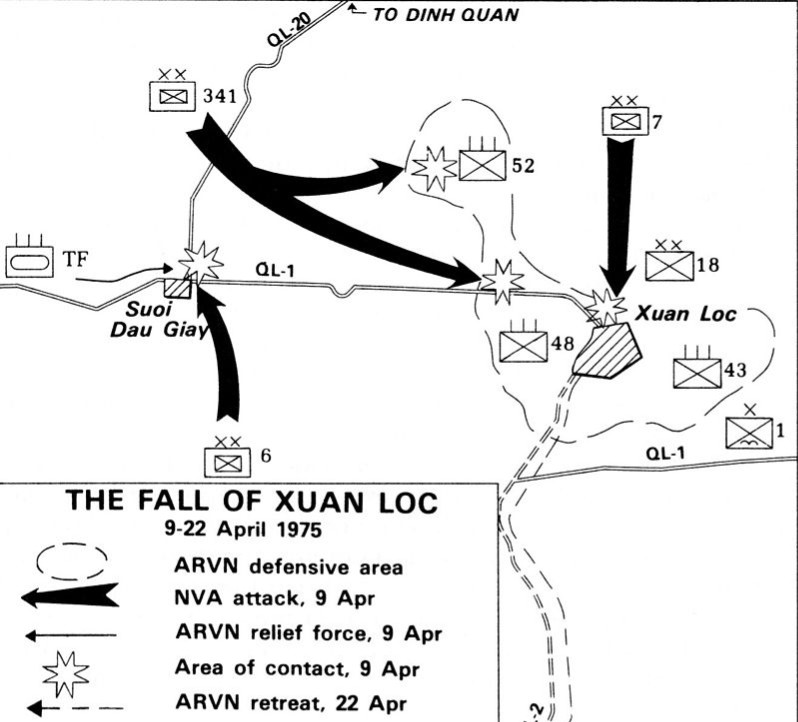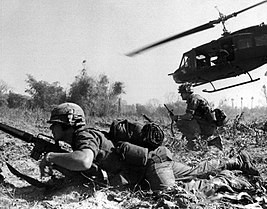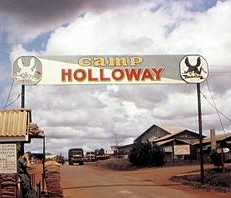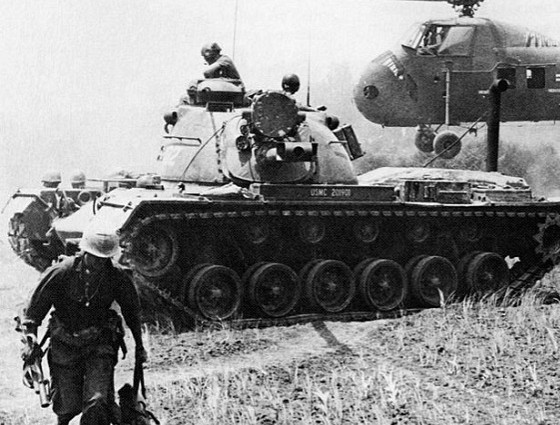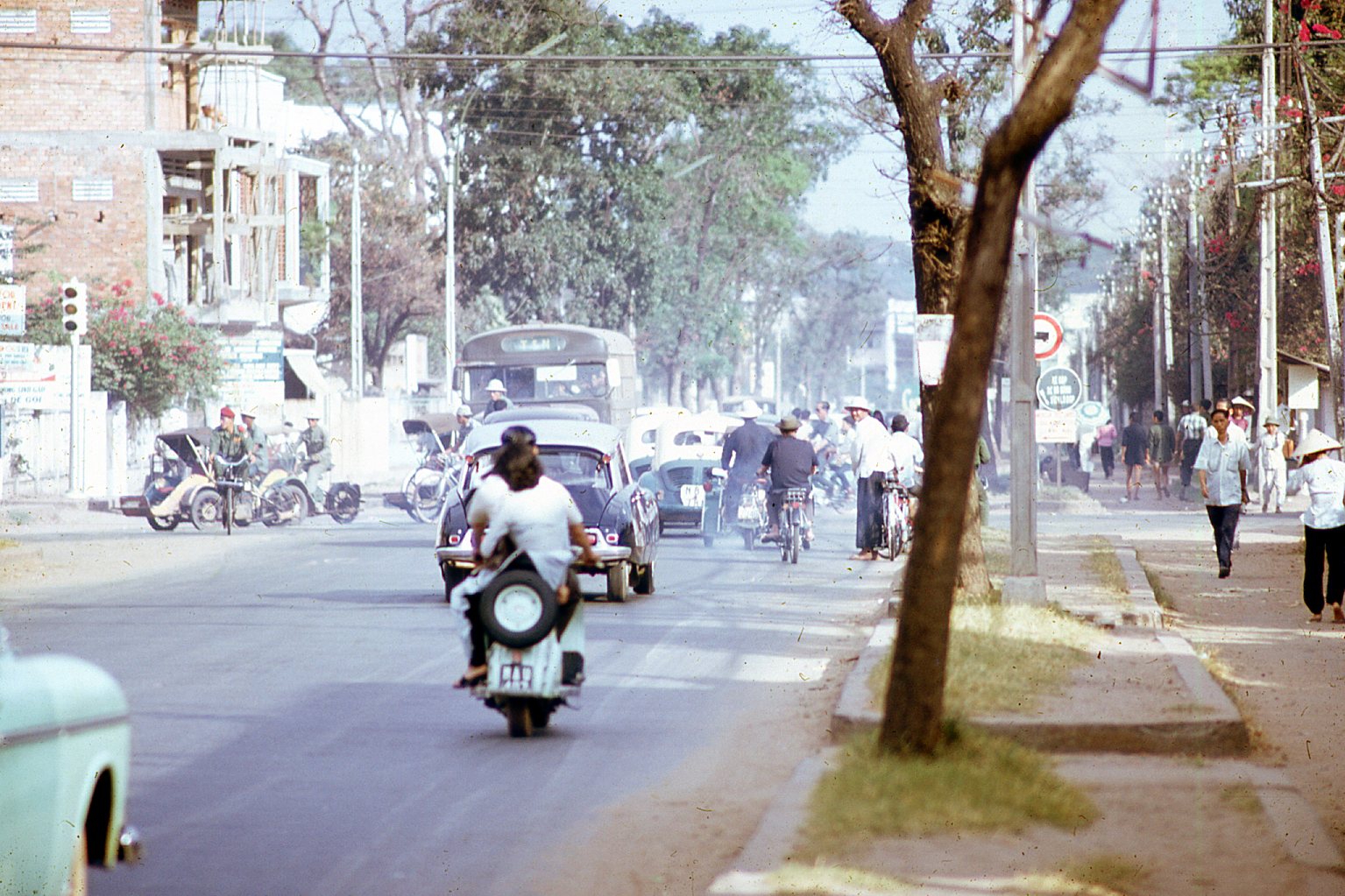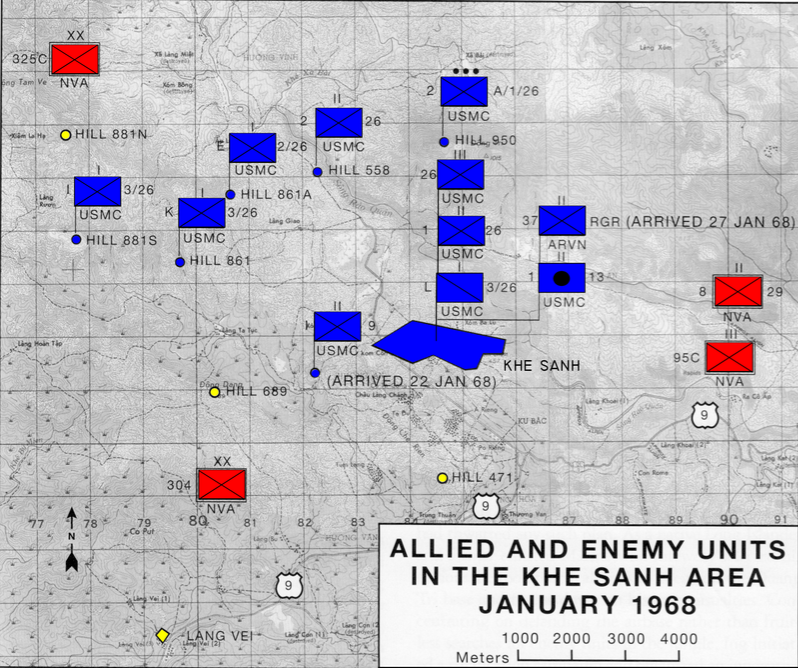
The Siege of Khe Sanh was one of the biggest battles of the Vietnam war. It lasted for over 75 days, around 1,000 US personnel were either killed or injured, and it is estimated that between 10-15 thousand North Vietnamese were killed, although only about 2,000 bodies were found. By the numbers, the US claimed a large victory, but they were also forced to abandon their base due to enemy pressure, a first in the war.
Battle Procession
The siege began with the North Vietnamese attacking hilltop outposts around the military base, as well as long-range artillery and mortar attacks on the base itself, pinning down the defenders. The North Vietnamese also attacked the base with rockets from neighboring hills. Attempts to relieve the base with flown-in troops suffered losses due to the heavy gun fire from the attacking forces, and plans to relieve the base with airborne troops were abandoned. To drive back the N. Vietnamese while an over-land attack could be organised, the US began a huge bombing/artillery campaign, dropping over 100,000 tons of bombs on enemy positions, and firing nearly 160,000 artillery shells.
US Counterattack
Then, in Operation Pegasus, a force of US and South Vietnamese managed to fight through the North Vietnamese troops surrounding the base and relieve the Marines in the base. This led the NVA to lift the siege and continue guerilla operations instead. Sporadic shelling of the base continued, and the US command decided to scrap the base rather than keep fending off attacks. US forces dismantled the base, but amid heavy artillery from the North Vietnamese, had to destroy things they couldn’t get out in time.
Aftermath
The Siege of Khe Sanh Combat Base was and is one of the most controversial battles in the Vietnam war. US commanders declared it a victory due to the nearly 1:50 casualty ratio, 200 US troops killed to an estimated 10,000 North Vietnamese. However, those 200 deaths were for very little, it turned out, as the US forces abandoned the base within the month due to continued enemy pressure. That convinced the North Vietnamese that the battle had been a strategic victory, if not one in numbers. It is also thought that this battle was a distraction, one that let North Vietnam build up for the infamous Tet Offensive.
Khe Sanh Now
Khe Sanh is now much like any other rural area of Vietnam, save for the unexploded ordinance littering the fields and forest from the thousands upon thousands of bombs and explosives dropped on the North Vietnamese. There's a war museum at the site of the old military base, which apparently claims that over 80 ships were destroyed in the battle, despite not being anywhere near the sea. The site includes some restored aircraft, helicopters, and armor, and tours are conducted daily.
 = Battle
= Battle = Major Event
= Major Event = Important City
= Important City = Battle
= Battle = Major Event
= Major Event = Important City
= Important City